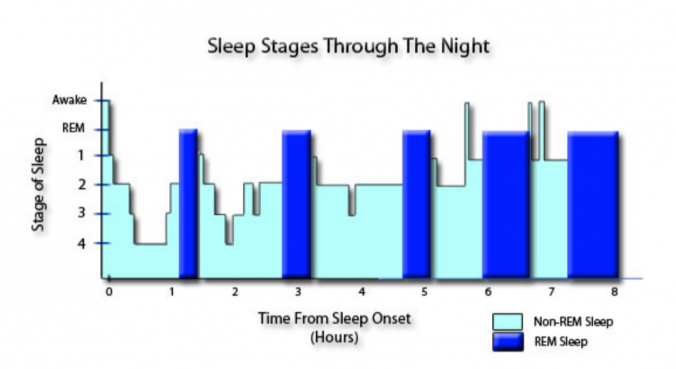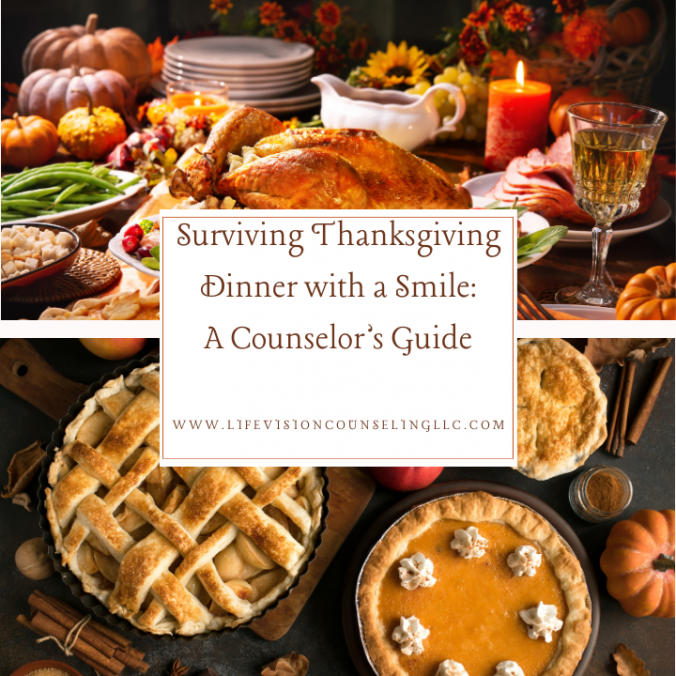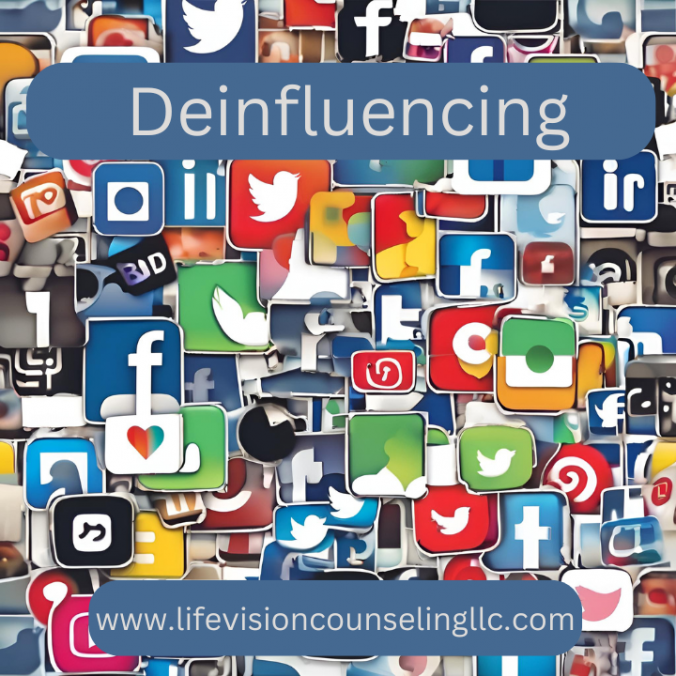Pets and Emotions: The Deep Connection Between Animals and Our Well-Being
Pets are more than just companions—they are emotional anchors, providing us with comfort, unconditional love, and a sense of security. From the playful antics of a dog to the soothing presence of a cat, animals have a remarkable ability to connect with us on an emotional level. Whether you’ve had a pet for years or are considering bringing one into your life, the emotional bond between humans and animals can be powerful, transformative, and deeply healing.
The Emotional Benefits of Having Pets
1. Providing Unconditional Love and Companionship
One of the most profound aspects of having a pet is the love they offer without judgment or expectation. Whether you’re feeling sad, anxious, or stressed, your pet’s presence can provide a sense of comfort and reassurance. They don’t ask for anything but your attention and care, making them a consistent source of companionship. For many, this unconditional love is a reminder that we are worthy of affection, regardless of our perceived flaws or mistakes.
2. Reducing Stress and Anxiety
Spending time with pets can lower stress levels and help reduce feelings of anxiety. Studies show that interacting with animals can trigger the release of oxytocin, a hormone associated with bonding and relaxation. The act of petting a dog or cat can calm the nervous system, helping to reduce blood pressure and heart rate. For many people, the presence of a pet offers a sense of grounding and peace, making it easier to cope with life’s challenges.
3. Boosting Mental Health
Pets can be a source of emotional support during difficult times. Whether you’re struggling with depression, grief, or feelings of loneliness, a pet can offer both comfort and distraction. Their ability to sense their owners’ emotions means they can often intuitively respond to our moods, offering a kind of emotional support that words sometimes can’t. In fact, pets are often seen as “therapy animals,” assisting individuals with mental health challenges by providing non-judgmental companionship.
4. Encouraging Physical Activity
The simple act of walking a dog or playing with a pet can encourage regular physical activity, which in turn has positive effects on mental health. Exercise is known to reduce symptoms of anxiety and depression, and pets can serve as a motivating force to stay active. Dogs, especially, require daily walks, which can get owners outside, moving, and connected with nature.
5. Improving Social Connections
Pets also play an important role in fostering social connections. Dog owners often meet other dog lovers while walking in the park or at the dog park. Pets provide a common ground for conversation, helping to break the ice in social situations. Studies suggest that people who own pets tend to have more positive interactions with others, which can reduce feelings of loneliness and isolation.
How Pets Perceive Our Emotions
Pets, especially dogs and cats, are incredibly intuitive creatures. They can sense our emotions and respond accordingly. Studies have shown that dogs, for example, can distinguish between happy, sad, and angry human expressions. They often react with comfort and calmness when they sense sadness or anxiety, offering physical affection like cuddling or simply sitting near their owner. Cats, while more independent, also tend to gravitate toward their owners when they’re feeling stressed or upset.
This emotional sensitivity can create a unique bond between humans and animals, where both parties can feel understood and supported. Pets don’t need words to communicate—they rely on body language, tone of voice, and even the energy we give off to know how we’re feeling.
The Therapeutic Power of Pets
For many individuals, pets offer more than just companionship—they provide therapeutic support. This is why animal-assisted therapy has become a recognized form of treatment for conditions like anxiety, PTSD, depression, and even autism. The presence of a pet can provide a safe, non-threatening environment for emotional healing. Their unconditional love and acceptance can help individuals feel valued, calm, and more in touch with their emotions.
In therapy, pets have been shown to lower stress levels and create a calming atmosphere, enabling individuals to open up and discuss difficult emotions more freely. Pets also offer the benefit of being present without judgment, helping to create a space of emotional safety.
Pets and the Grief Process
Pets can also play a vital role in the grieving process. For many, the loss of a pet is deeply painful, as they’ve often been a constant source of love and support. In fact, the bond between an owner and their pet can be just as strong as the bond between humans, and grieving that loss is a valid emotional experience.
On the flip side, pets can help people navigate grief by offering comfort and presence during difficult times. They provide routine, which can be soothing when everything else feels uncertain. The comforting companionship of a pet can be a lifeline during the process of grieving, offering a steady presence and emotional connection.
A Final Thought
The emotional connection between humans and pets is a unique and beautiful aspect of our lives. Whether through the unconditional love of a dog, the calming presence of a cat, or the playful companionship of any animal, pets have the power to enhance our emotional well-being in profound ways. They offer us support, comfort, joy, and a sense of purpose—all without saying a word.
If you’re lucky enough to share your life with a pet, take a moment to appreciate the ways in which they contribute to your emotional health and happiness. And if you’re considering bringing a pet into your life, know that you’re not only gaining a companion—you’re inviting a source of love, support, and emotional connection into your world.
—
Looking for Emotional Support?
If you’re struggling with your emotions or looking to explore how pets might support your mental well-being, reach out! Pets can cultivate joy, connection, and healing in your life.






